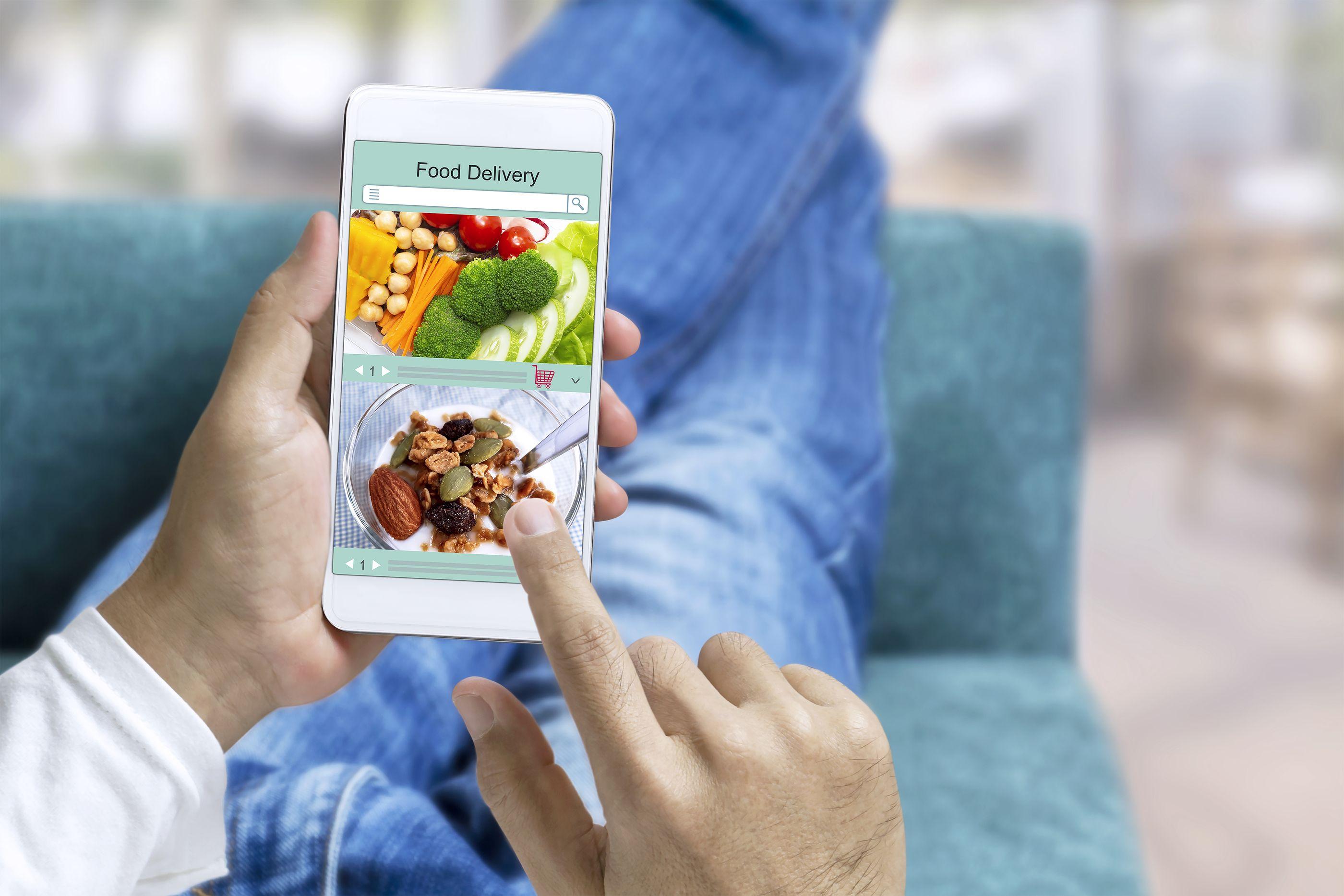Online Food Delivery Market Hindrances Include Operational Costs, Quality Control, and Market Saturation Challenges

The online food delivery market has witnessed tremendous growth over the last decade, driven by technological advancements, shifting consumer habits, and the need for convenience. However, despite its rapid expansion and widespread adoption, the industry faces several obstacles that threaten to stall momentum and impact business sustainability.
From operational inefficiencies to regulatory complications, these hindrances demand attention from entrepreneurs, investors, and service providers alike. Understanding and addressing these challenges is essential to maintaining performance and customer trust in an increasingly competitive space.
1. High Operational and Delivery Costs
One of the most persistent challenges in the online food delivery market is the high cost of operations. Delivery requires coordination between restaurants, platforms, and delivery personnel, all while maintaining food quality and speed.
Third-party delivery platforms charge restaurants commissions that can range from 20% to 35%, drastically cutting into already thin profit margins. Meanwhile, businesses that choose to build their own delivery infrastructure face expenses related to staff salaries, vehicle maintenance, insurance, and customer support. These growing costs can erode profitability, especially for smaller players.
2. Intense Competition and Market Saturation
The booming demand for online food delivery has attracted a surge of new entrants. With multiple platforms and thousands of restaurants competing for the same audience, the market is approaching saturation in many urban regions.
This fierce competition leads to aggressive discounting, heavy advertising costs, and high customer acquisition expenses. Many businesses resort to unsustainable pricing strategies to attract users, ultimately compromising margins. Standing out in a crowded marketplace requires significant investment in branding, customer experience, and innovation—resources that not all operators can afford.
3. Inconsistent Food Quality and Customer Experience
Maintaining food quality during transit is a major challenge in online delivery. Certain menu items do not travel well, leading to soggy, cold, or unappealing meals upon arrival. This impacts customer satisfaction and brand reputation, especially in an age where online reviews and ratings heavily influence buying decisions.
Moreover, inconsistencies in delivery times, missing items, or poor packaging can further degrade the user experience. Unlike dine-in settings, where staff can rectify mistakes immediately, delivery-based models have limited opportunities to recover from negative impressions.
4. Dependence on Third-Party Delivery Platforms
Many restaurants rely heavily on aggregator platforms such as Swiggy, Zomato, Uber Eats, or DoorDash. While these platforms offer broad exposure and logistical convenience, they also control pricing, visibility, and customer data.
This dependency creates a power imbalance where restaurants have little say in promotional mechanics or algorithm-driven rankings. Moreover, sudden changes in platform policies, fee structures, or service models can significantly disrupt a restaurant’s business model, especially if it lacks direct-to-consumer channels.
5. Regulatory and Legal Barriers
The rapid growth of online food delivery has outpaced regulatory frameworks in several regions. Food safety, labor laws, tax compliance, and delivery rider rights are areas of increasing scrutiny. Inconsistent or unclear regulations often create operational confusion for businesses, especially when operating across multiple jurisdictions.
There are also rising concerns around data privacy, especially as platforms collect user information for personalization and targeted marketing. Ensuring compliance with digital laws and maintaining transparency with users can be both resource-intensive and legally risky if mishandled.
6. Rider Management and Labor Issues
Delivery personnel form the backbone of the online food delivery model, yet managing this workforce presents ongoing challenges. Riders often face long hours, poor weather conditions, and pressure to meet tight deadlines—all for modest pay.
The gig economy model, while flexible, also raises issues around job security, insurance coverage, and fair wages. Dissatisfied or overworked delivery partners can lead to service lapses, delays, or brand damage. As labor movements and worker rights gain momentum, platforms may face higher compliance costs and workforce management challenges.
7. Limited Penetration in Non-Urban Areas
While online food delivery thrives in urban centers, its reach in semi-urban and rural areas remains limited due to logistical constraints, infrastructure issues, and lower consumer readiness. Sparse populations, lack of delivery networks, and inconsistent internet connectivity create barriers to scaling operations in smaller towns.
This geographical limitation restricts growth potential and requires investment in localized strategies, partnerships, or tech-enabled solutions to improve rural coverage. Until then, delivery services remain concentrated in a relatively small segment of the overall population.
8. Environmental Concerns and Packaging Waste
Sustainability is becoming a growing concern within the food delivery ecosystem. The use of plastic containers, disposable cutlery, and excessive packaging contributes significantly to urban waste. As awareness increases, consumers and governments are putting pressure on brands to adopt eco-friendly practices.
However, biodegradable packaging can be more expensive and less effective in maintaining food quality, creating a difficult trade-off for operators. Balancing environmental responsibility with cost efficiency remains an unresolved hurdle for many businesses.
Conclusion: Addressing Challenges Is Key to Future Success
While the online food delivery market is full of opportunities, it is not without significant hindrances. Rising costs, quality issues, regulatory uncertainty, and operational complexities all create barriers to growth and profitability. For companies aiming to succeed long-term, navigating these obstacles with innovation, efficiency, and strategic foresight is crucial.
As competition intensifies and customer expectations rise, the ability to adapt, improve, and differentiate will define who leads and who falls behind in this rapidly evolving industry. Recognizing these hindrances is the first step toward building resilient, customer-focused, and future-ready food delivery businesses.
- Art
- Causes
- Crafts
- Dance
- Drinks
- Film
- Fitness
- Food
- Games
- Gardening
- Health
- Home
- Literature
- Music
- Networking
- Other
- Party
- Religion
- Shopping
- Sports
- Theater
- Wellness
- Politics
- IT
- Relationship
- Blockchain
- NFT
- Crypto
- Fintech
- Automobile
- Faith
- Family
- Animals
- Travel
- Pets
- Coding
- Comedy
- Movie
- Game
- Computer



